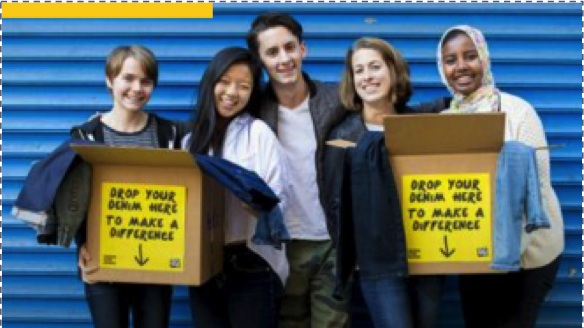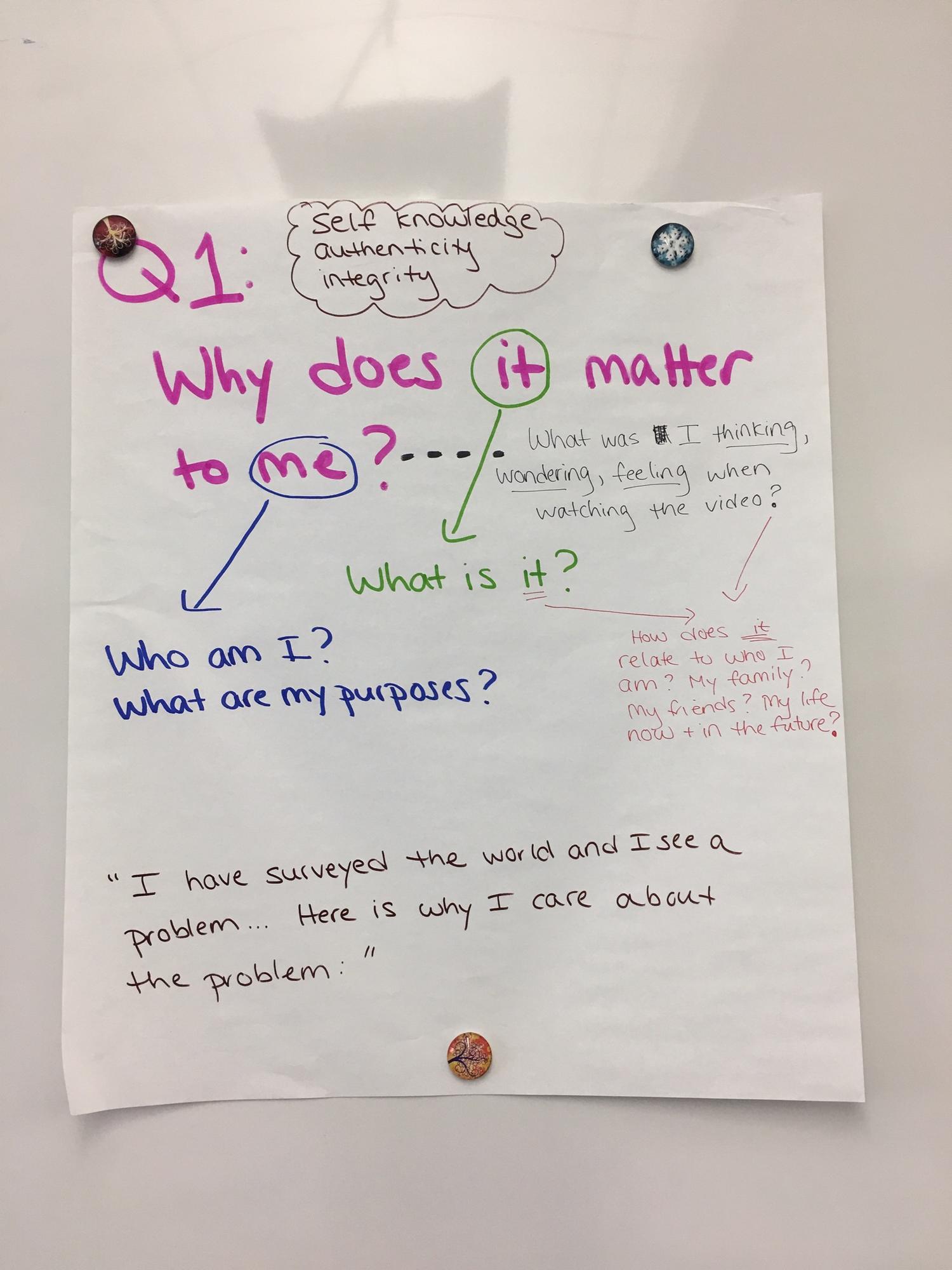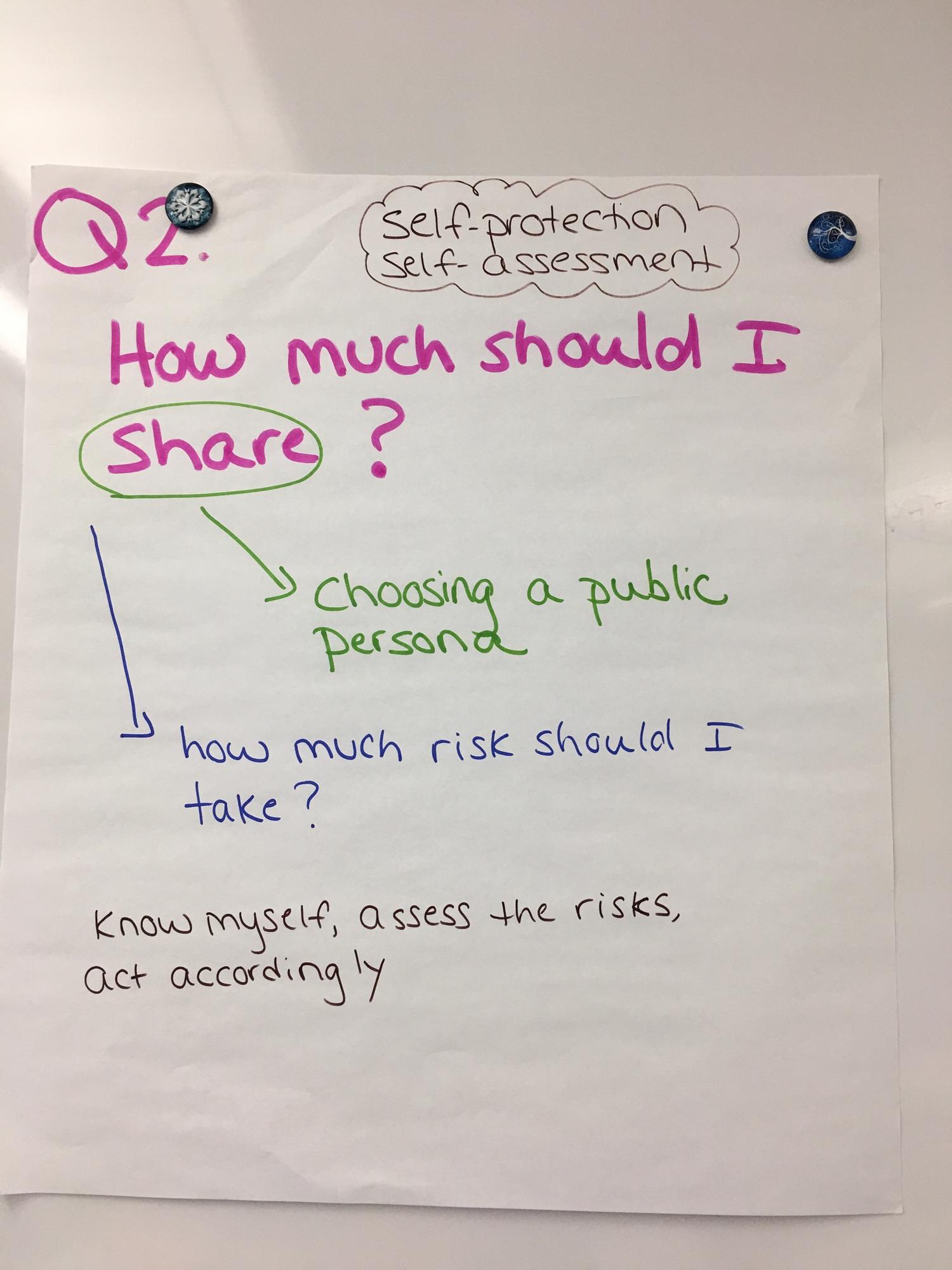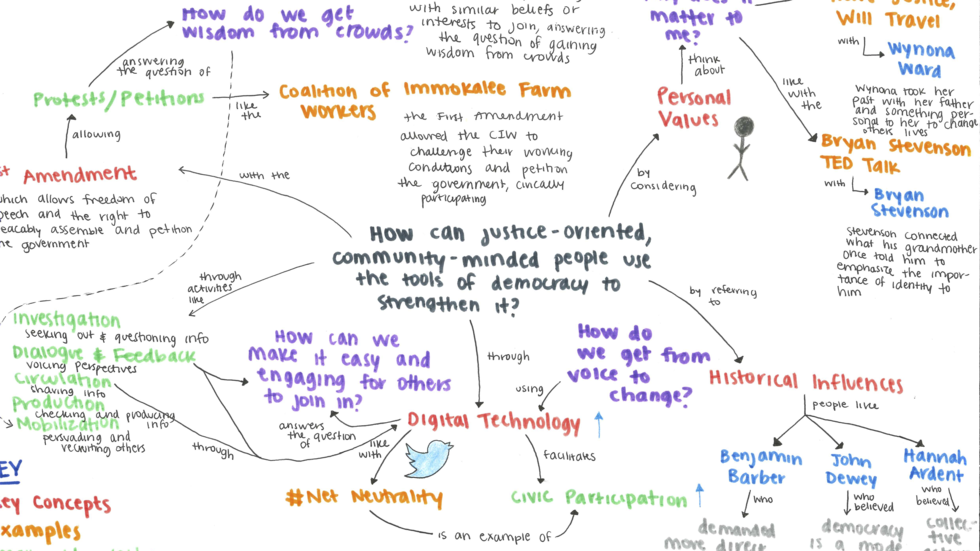Remember that some engagement is better than none.
Think early and often about your target audience. How can you engineer an array of entry-points and pathways to participation for your community? Where are the opportunities for light-touch engagement that is potentially powerful in itself and also a possible gateway into deeper involvement? Make acting easy, so your users can co-produce your civic and political engagement.




